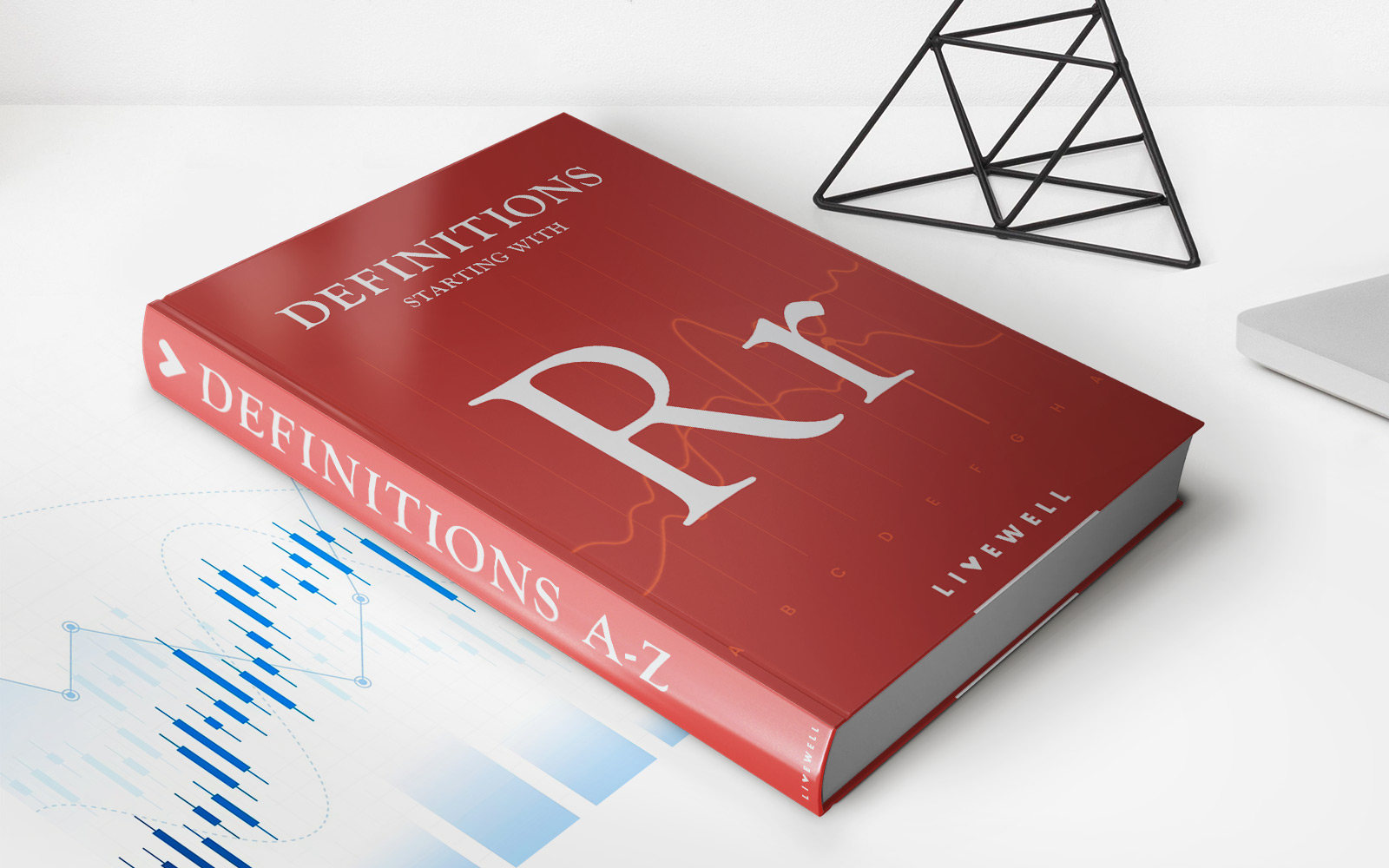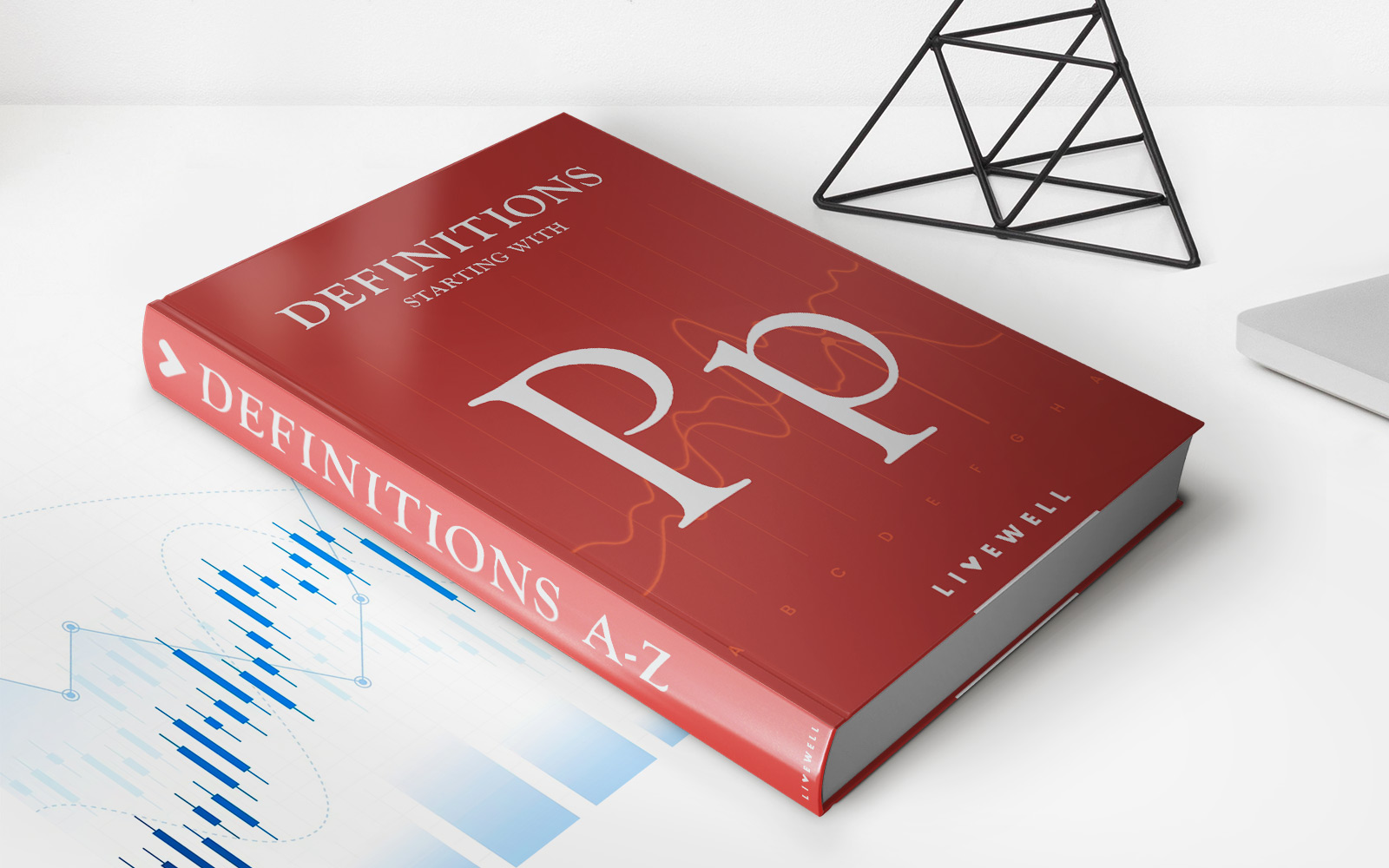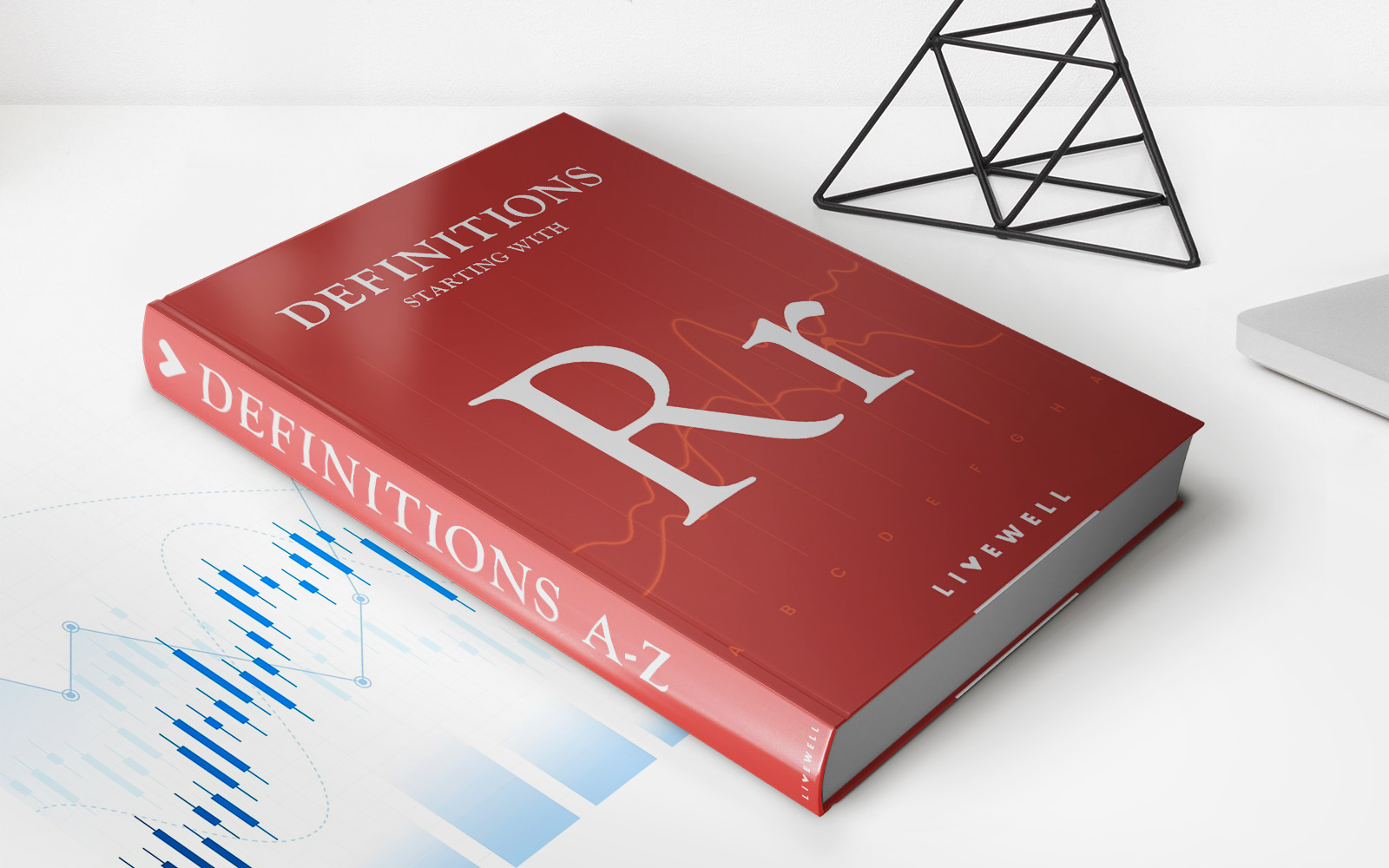Home>Finance>What Is Diversification? Definition As Investing Strategy


Finance
What Is Diversification? Definition As Investing Strategy
Published: November 13, 2023
Learn the definition of diversification as an investing strategy in finance. Discover how to effectively spread your investments to minimize risk and maximize returns.
(Many of the links in this article redirect to a specific reviewed product. Your purchase of these products through affiliate links helps to generate commission for LiveWell, at no extra cost. Learn more)
What Is Diversification? Definition as Investing Strategy
Do you ever wonder why successful investors always talk about diversification? Why is it such an important aspect of investing? We’re here to shed some light on this critical concept that every investor should understand. In this blog post, we will explore the definition of diversification and why it is an essential strategy to consider when building your investment portfolio.
Key Takeaways:
- Diversification involves spreading your investments across different assets and asset classes to reduce risk.
- By diversifying your portfolio, you can potentially capture the returns of different investments while minimizing the impact of individual losses.
So, what exactly is diversification? At its core, diversification is a risk management strategy that involves spreading your investments across different assets and asset classes. It helps to minimize the risk of losing all your money in a single investment by investing in a variety of assets, such as stocks, bonds, real estate, commodities, and more.
The idea behind diversification is simple: don’t put all your eggs in one basket. By diversifying, you are essentially reducing the impact of any single investment’s performance on your overall portfolio. This means that if one investment performs poorly, the impact on your overall portfolio will be limited, as your other investments may perform better and offset the losses.
Let’s illustrate this with an example. Imagine you have invested all your money in a single stock. If that stock takes a major hit, your entire investment will suffer. However, if you had diversified your portfolio by investing in different stocks, bonds, and other assets, the poor performance of one stock would have a lesser impact on your overall investment value.
Furthermore, diversification allows you to capture the returns of different investments. While some assets may perform poorly, others may generate positive returns, which can help balance out your portfolio. This helps to smooth out the ups and downs of individual investments and potentially improve your overall risk-adjusted returns.
It’s important to note that diversification can be achieved not only by investing in different assets but also by investing in different asset classes. Different asset classes tend to have varying levels of risk and return potential. By spreading your investments across asset classes like stocks, bonds, and real estate, you can have exposure to a broader range of opportunities while managing risk.
In conclusion, diversification is an important investing strategy that can help reduce risk and potentially improve returns. By spreading your investments across different assets and asset classes, you can minimize the impact of individual losses and capture the returns of different investments. So, if you haven’t already, now is the time to consider diversifying your investment portfolio.














